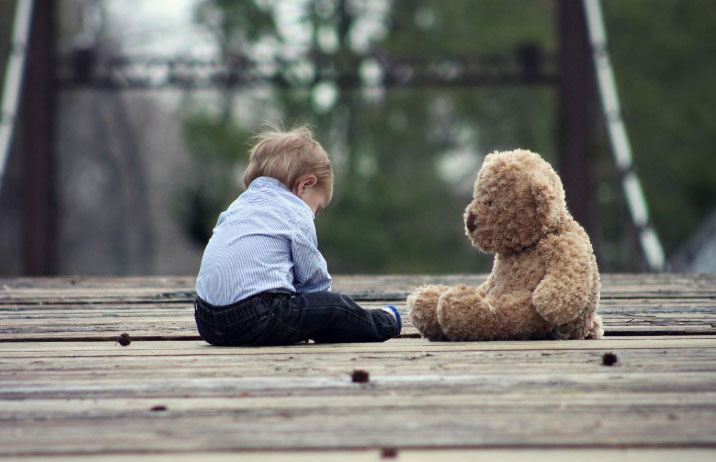When a newborn arrives in your household, so do many other items such as toys, diapers, clothes…the list goes on (almost indefinitely!)
It also goes without say that with the arrival of this bundle of joy, safety of our children comes before all else.
While many parents become nostalgic recalling their favorite toys from childhood, much has changed in the past several decades and one of the primary areas of change has come with toys – and their safety.
Today’s Toys
As generations pass, manufacturers of toys have come up with some amazing new things (enter the fidget spinner!) However, are some of these new toys unsafe for your children? Further, are some of the ‘hand me down’ items from your youth safe your your children to play with based on what we know in 2018?
Finally, how can you as a new parent distinguish between safe and unsafe kids toys? This is a tricky question for sure.
Being a mother, I’ve had some ups and downs when it comes to deciding which toys stay – and which go. Check out these 6 tips to keep a smile on your kid’s face (and your own).
1. Look at the Label Carefully
Don’t ignore the obvious – before buying any toy for your child, you need to look carefully at the toy to check for the warning labels. These labels will give you important information about the toy which will help you in deciding whether this toy is safe for your child or not.
With the help of these labels you can get to know how to use the toy and for which age range this toy is appropriate for.
2. Toy Should Be Age Appropriate
One mistake that many parents make is buying something for their child which is not fit for their age.
While there is some room for interpretation when it comes to age-specific toys, there are different toys for new-borns, toddlers and grown up kids for a reason. Play it safe and choose from them correctly. If you aren’t sure, online reviews can be your friend. (ie: this review on rockers for older babies).
3. The Size of The Toy Matters
When buying a toy for your child, consider the size of the toy. For example, if your child is under the age of three, anything that is smaller than your child’s mouth can be dangerous.
Why? At this age, children tend to put everything in their mouth. While you obviously want to avoid massive items like life sized stuffed toys, keep it larger than anything they can swallow.
To that end…
4. Buy Well-Made Stuffed Toys

Many well intentioned parents buy stuffed toys for their kids thinking they won’t hurt their child because, well, it’s a giant fluffy toy.
However, you still need to make sure that all the ‘parts’ of the stuffed toy are on tight and all its edges are safe.
Additionally, the stuffed toy should be machine washable so that you can easily clean it and protect your kids from any germs.
Finally, the stuffed toy shouldn’t be too much bigger than the size of your child as in tragic cases it may cause suffocation.
5. Avoid Buying Noisy Toys
Another important thing to check before buying a toy for your child is whether it is a ‘noisy toy’.
Why? Well, there are two reasons. First, noisy toys can actually be harmful to the hearing of the children. Secondly, noisy toys can be…well…annoying. You need your sleep, right?
6. Avoid Purchasing Projectile Toys
There are some toys available that your child might be interested in that you’re on the fence with.
Which toys are those? According to Product Safety Australia:
- guns or other pull-back toys that shoot small darts less than 57 mm into the air
- toys that can shoot random objects, such as nails, into the air at high speed
- arrows.
If safety is your priority, toys that shoot objects should typically be avoided. While such toys are fun to play with no doubt, children can suffer serious facial and eye injuries (including blindness), and are also at risk of accidental cuts, piercing and stabbing if they come in contact with an arrow that has a sharp edge or joint.
Play Safe!

No Parent wants to be thought of as that over protective Helicopter parent but by adhering to some basic safety guidelines you can keep playtime fun and safe!

